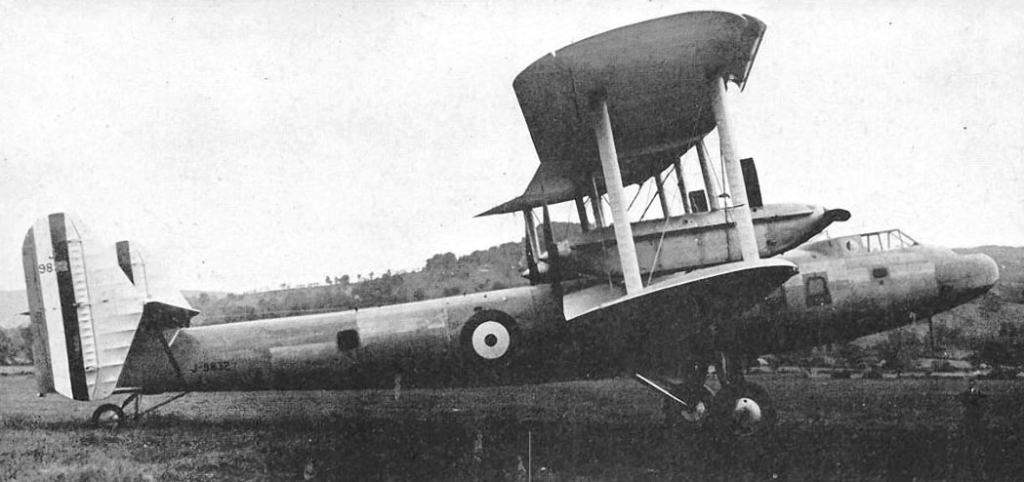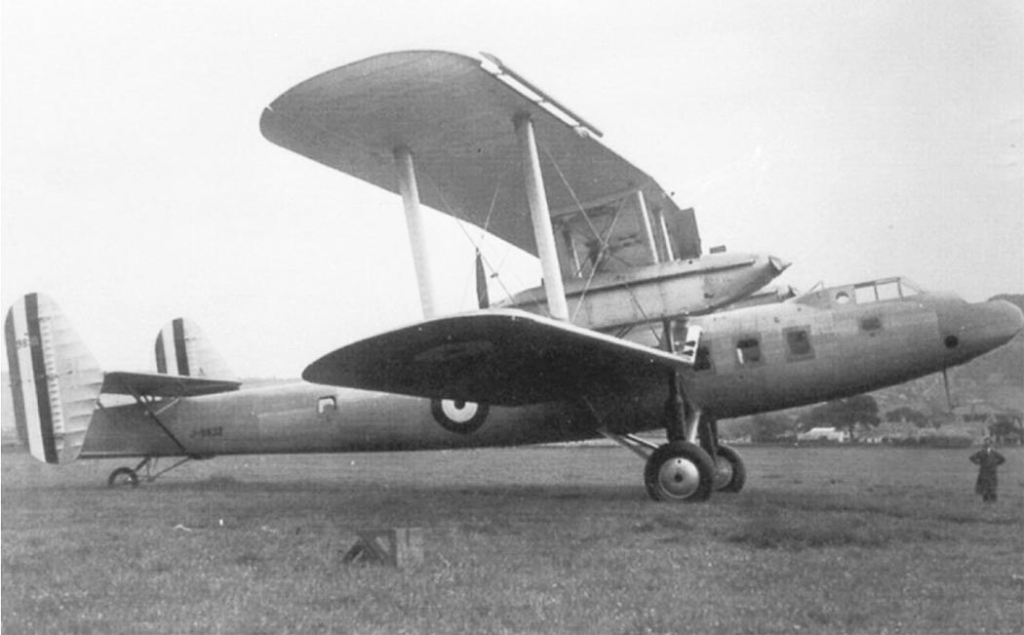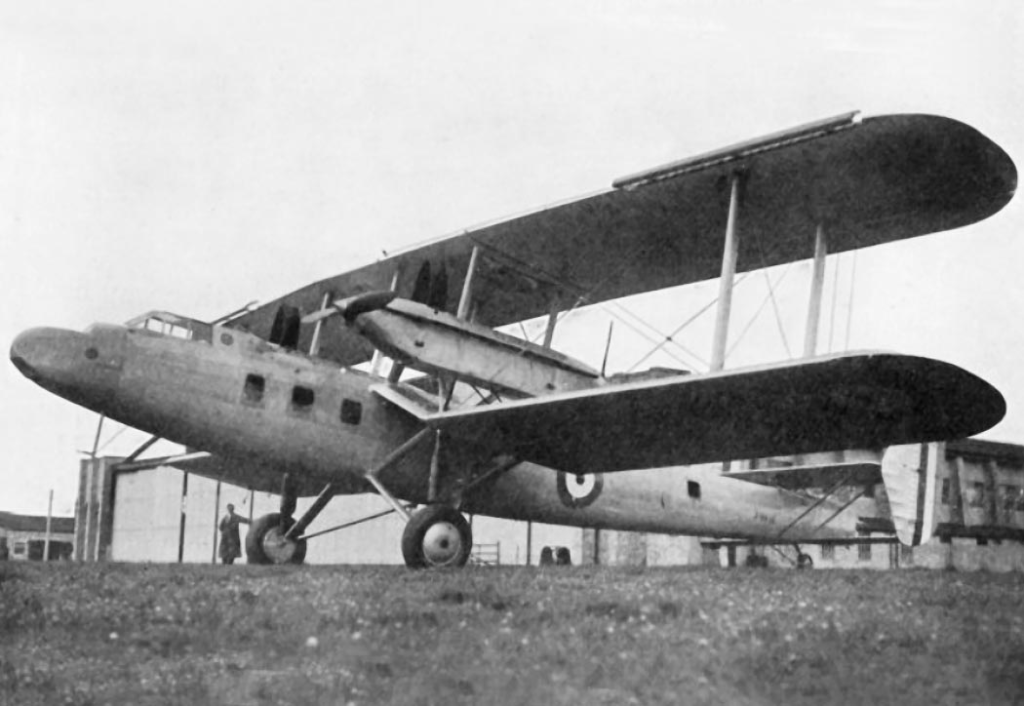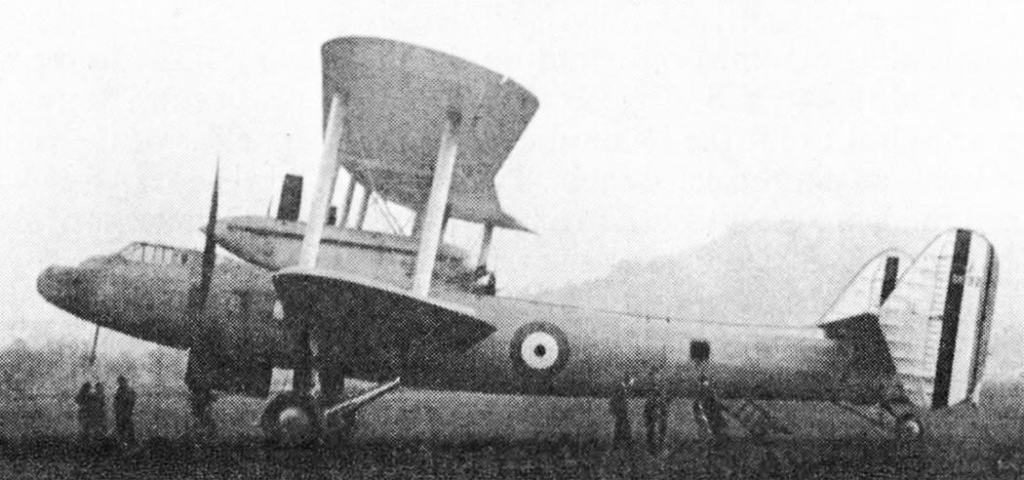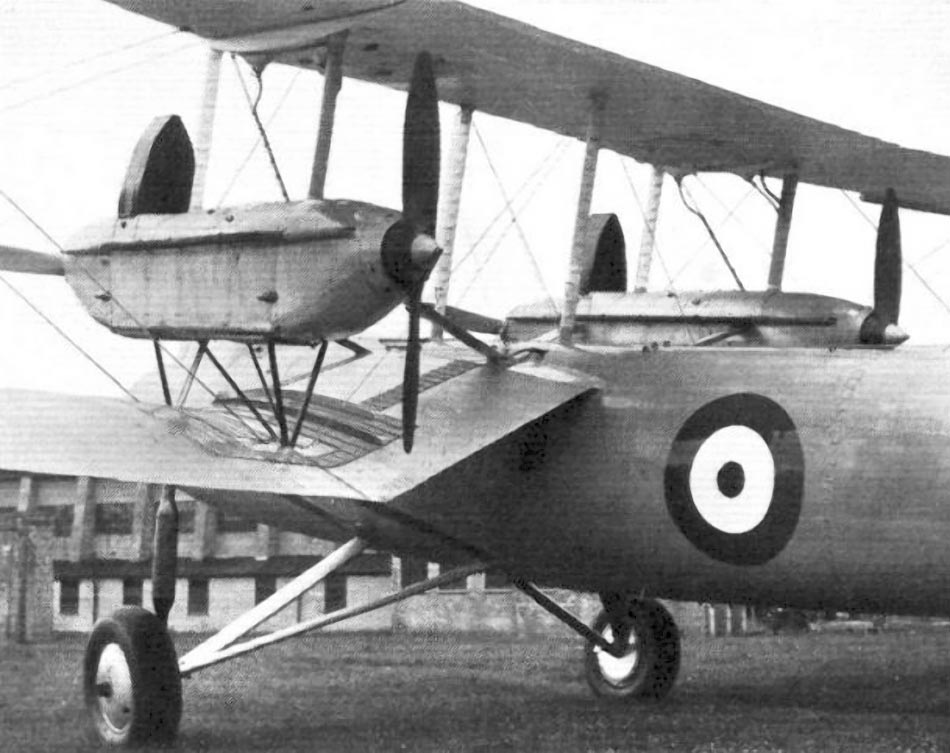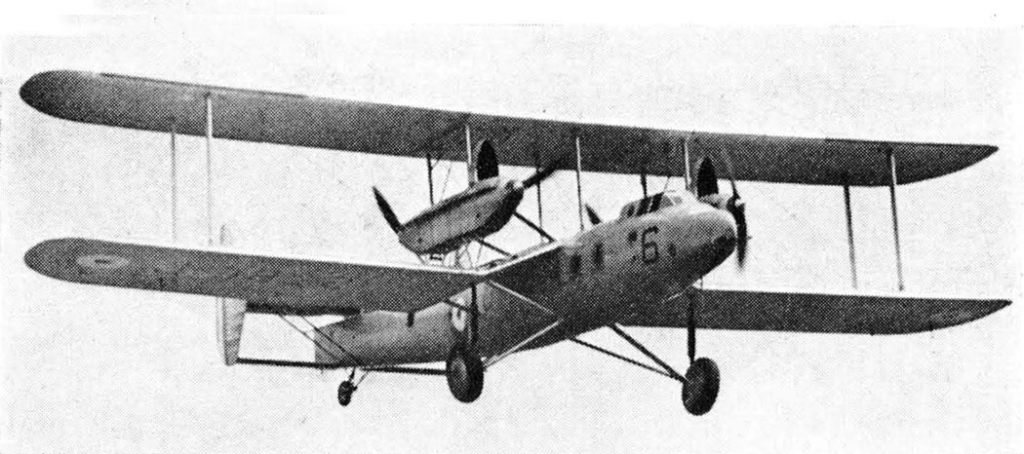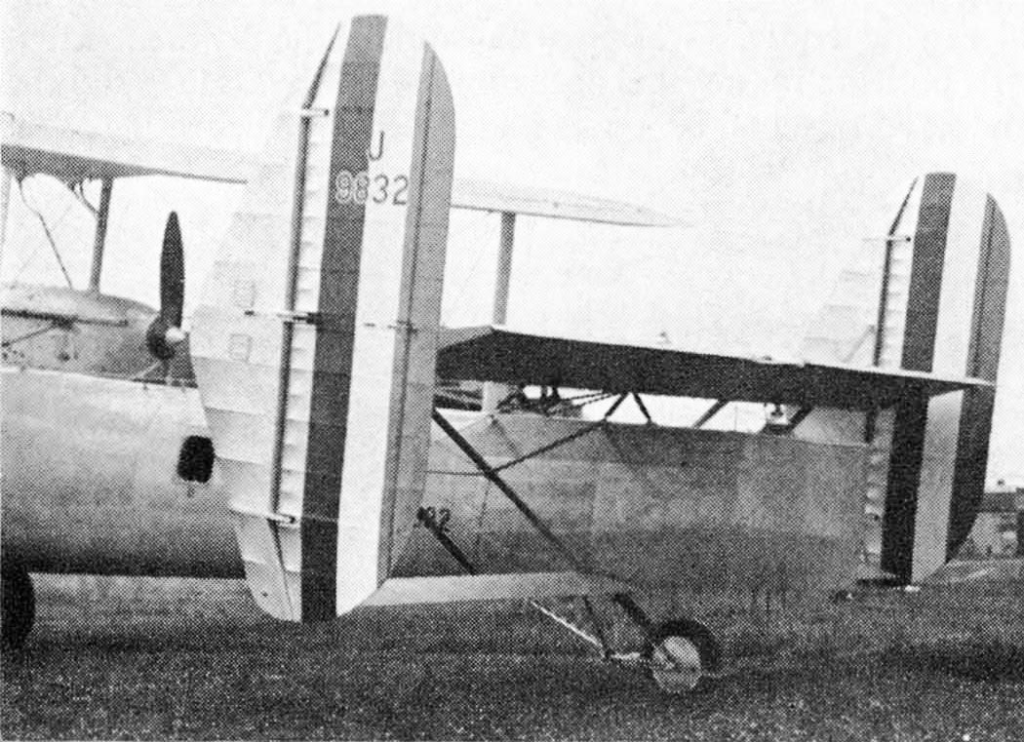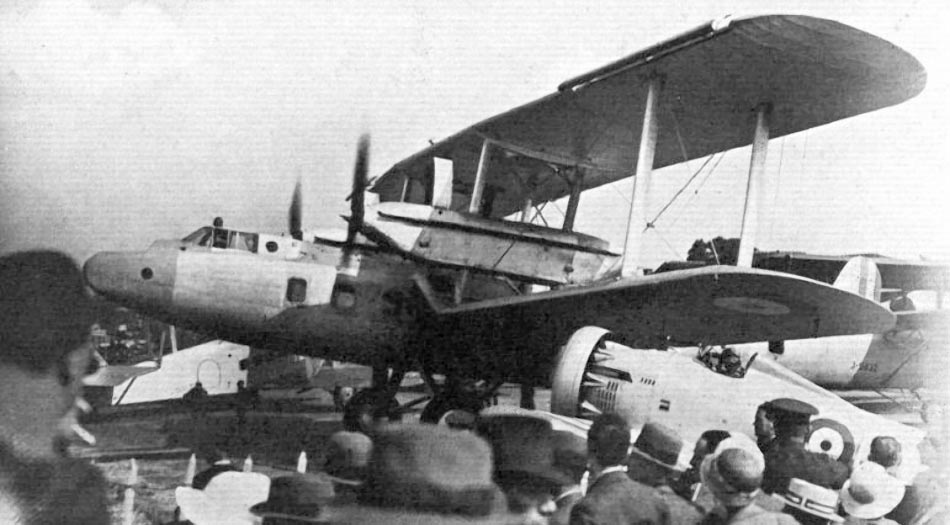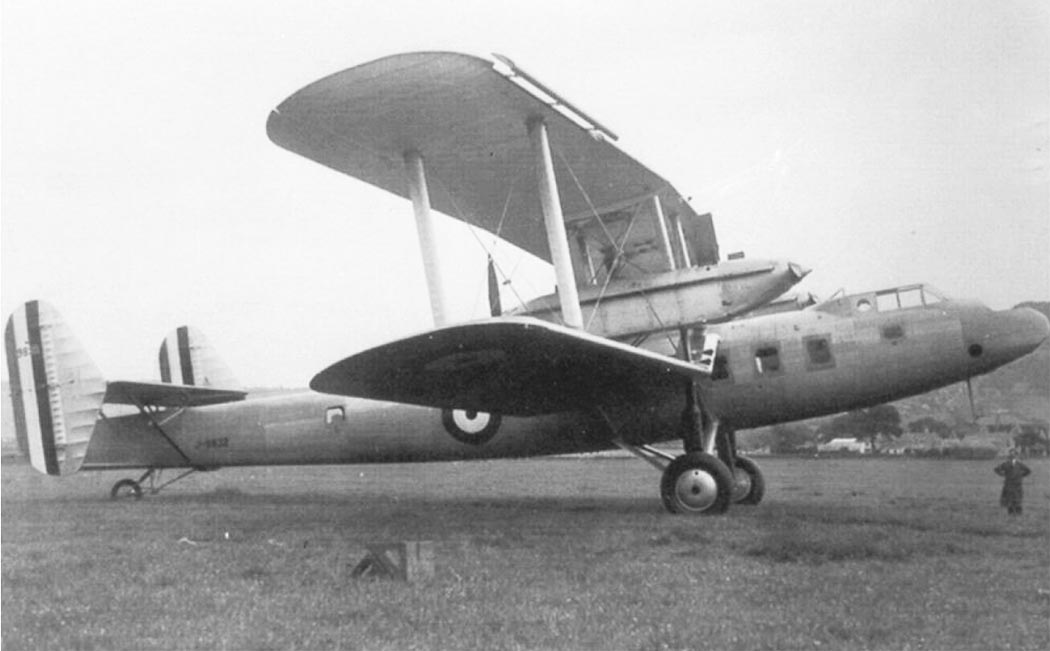Gloster TC.33 Troop Carrier
First flying on 23 February 1932, the Gloster TC.33 was designed to carry 30 troops and their equipment 1,200 miles. Evaluation demonstrated that the take-off performance was poor, even in cool English conditions. It was decided that this would be unacceptable in the areas of the British Empire it would be operating in that were often hot. Only the single prototype was built.



